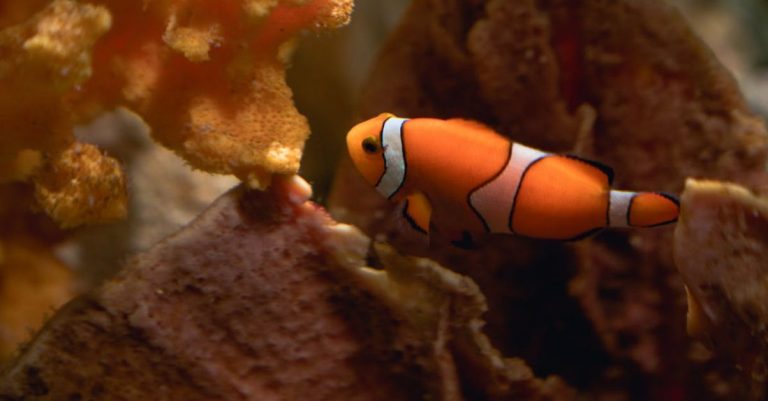
Tarantulas are fascinating and unique pets that are gaining popularity among exotic animal enthusiasts. While they may not be everyone’s cup of tea, these eight-legged creatures can make for a low-maintenance and intriguing pet. If you’re considering bringing a pet tarantula into your home, it’s essential to understand how to properly care for them to ensure they lead a happy and healthy life.
Habitat and Enclosure
When setting up a habitat for your pet tarantula, it’s crucial to create an environment that mimics their natural habitat as closely as possible. Tarantulas are typically found in warm and humid regions, so it’s essential to maintain a temperature of around 75-85 degrees Fahrenheit within their enclosure. You can achieve this by using a heat mat or lamp, ensuring there are areas of both warmth and shade within the enclosure for your tarantula to regulate its body temperature.
Substrate and Decor
Choosing the right substrate for your tarantula is essential for their well-being. A substrate that is too moist can lead to mold growth and health issues for your pet, so opt for a dry substrate such as coconut fiber or peat moss. Additionally, providing your tarantula with hiding spots and decor, such as artificial plants or pieces of bark, will help create a comfortable and stimulating environment for them to explore.
Feeding and Nutrition
Tarantulas are carnivorous creatures that primarily feed on insects such as crickets, mealworms, and roaches. It’s crucial to provide your pet tarantula with a varied diet to ensure they receive all the necessary nutrients for their health. Depending on the size and species of your tarantula, feeding frequency can vary, but a general rule of thumb is to offer food 1-2 times a week. Be sure to remove any uneaten prey to prevent it from harming your pet.
Handling and Interaction
While some tarantula species are docile and can be handled, it’s essential to approach handling with caution and respect for your pet’s well-being. Before attempting to handle your tarantula, it’s crucial to understand their behavior and temperament to avoid any unnecessary stress or harm. If you do choose to handle your tarantula, be sure to do so gently and with clean hands to prevent any injuries or contamination.
Health and Veterinary Care
Regularly monitoring your tarantula’s health is essential to catch any potential issues early on. Keep an eye out for signs of dehydration, lethargy, or abnormal behavior, as these can be indicators of underlying health problems. While tarantulas are generally hardy creatures, it’s recommended to have a vet experienced with exotic animals on standby in case of emergencies.
Tarantulas in Captivity
Keeping a pet tarantula can be a rewarding experience for those willing to put in the time and effort to care for these unique creatures properly. By creating a suitable habitat, providing a balanced diet, and monitoring their health regularly, you can ensure that your pet tarantula lives a long and fulfilling life in captivity.
In conclusion, caring for a pet tarantula requires attention to detail and a deep understanding of their specific needs. By following the guidelines outlined above, you can create a thriving environment for your pet tarantula to flourish and enjoy their life in captivity. Remember, each tarantula species is unique, so be sure to research and tailor your care routine to meet the specific requirements of your pet.





